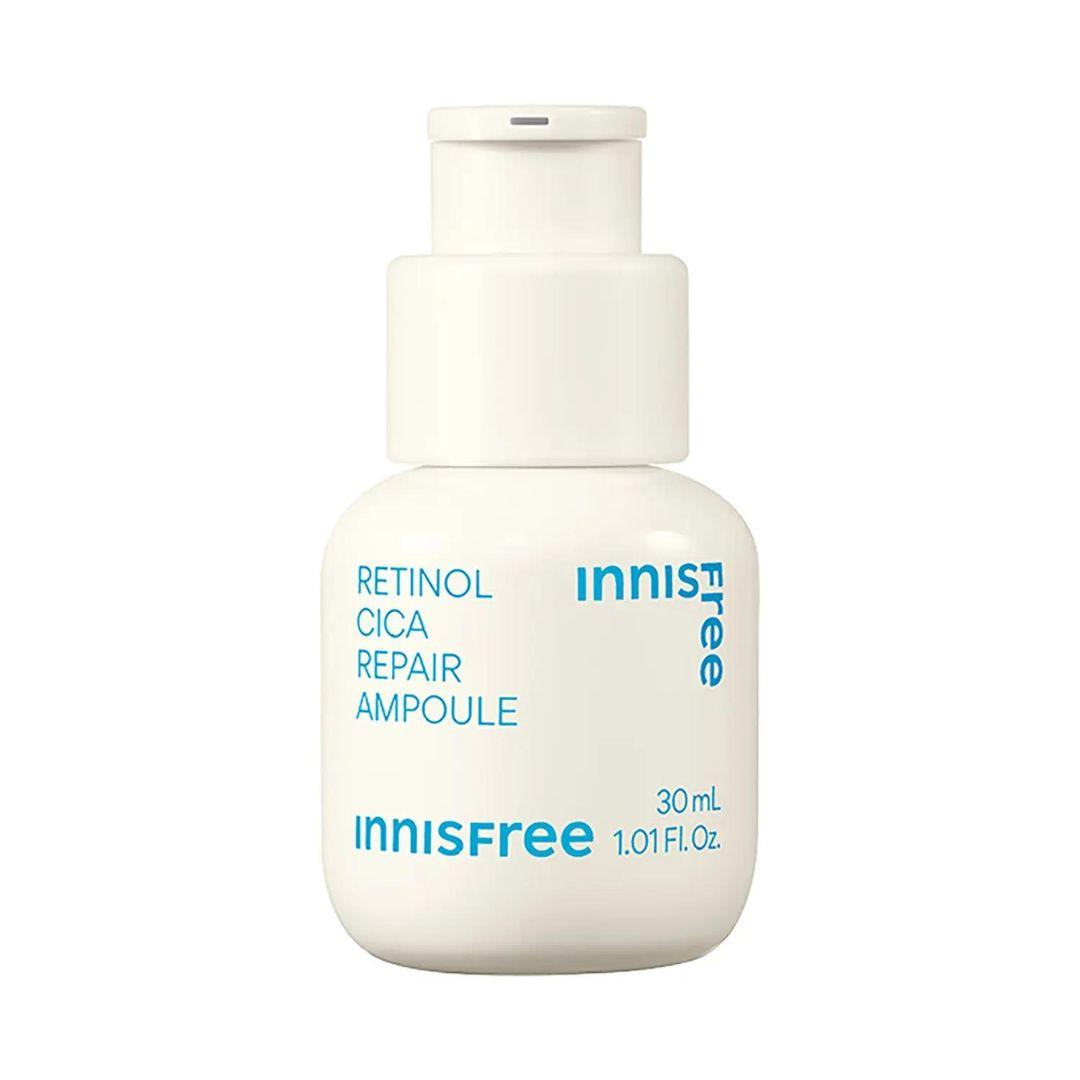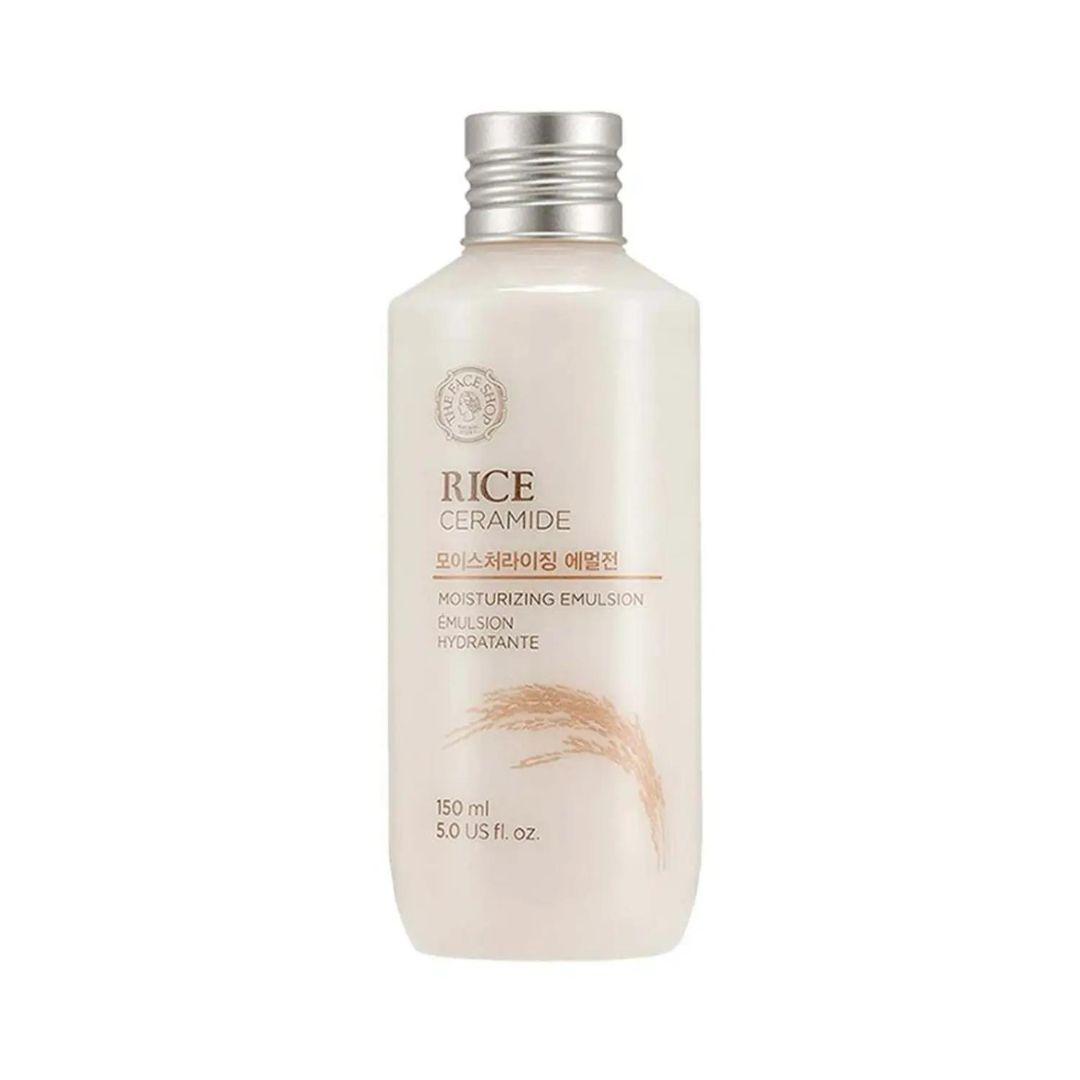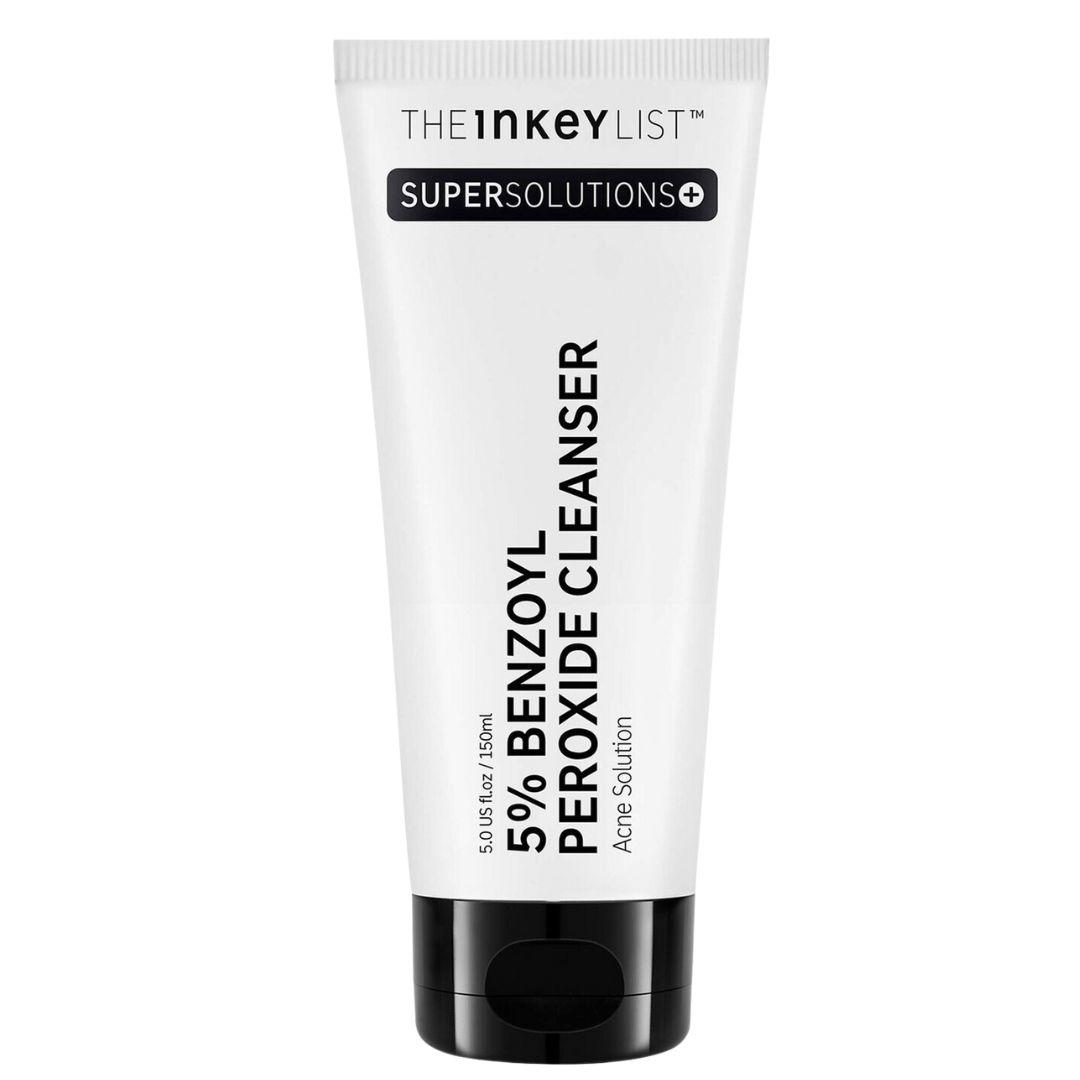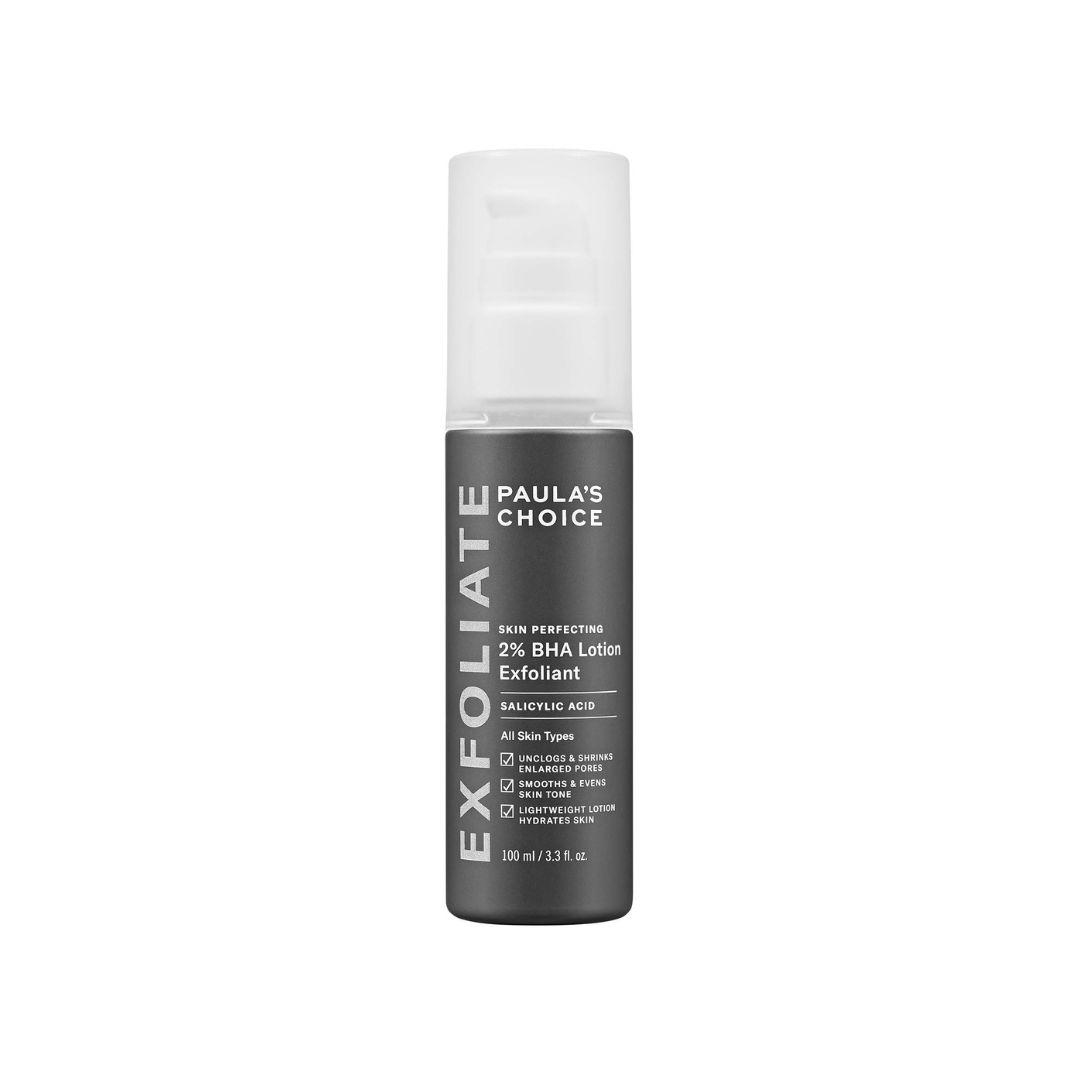...and they hated each other. Here are the beauty ingredients you should and should not mix together.
- Beauty
Beauty Romance: Retinol and Vitamin C Went On a Sexy Date…
- ByNandini Bhalla

Courtesy: Pinterest
It is quite the task to find the right mix of ingredients that suit your skin type and adapt to seasonal changes to ensure they still work for you. That’s the reason it is important to learn about skincare ingredients and their individual benefits versus blindly swiping your credit card to purchase a trending product that may or may not be The One for you. Since there are certain ingredients that are more popular than the others, here’s a quick lesson on the ones that bond well, and some that just don’t mix.
Don’t Mix: Vitamin C and Retinol
Both of these powerhouses have the same goal—to make your skin even-toned, even-textured, and radiant. Vitamin C safeguards the skin against sun damage, which is the underlying cause of many skin problems. This rich antioxidant also boosts collagen production, treats pigmentation, soothes redness, and promotes skin’s overall well-being. Retinol, on the other hand, promotes cell turnover. A derivative of Vitamin A, retinol leads to natural exfoliation, which helps unclog pores, treat dark spots, even out complexion, and boosts elasticity. However, since they are both active ingredients, using Vitamin C and retinol together can cause irritation and lead to skin sensitivity. Instead, use ret at night, and Vit C during the day.

Do Mix: AHAs/BHAs with Ceramides
Alpha Hydroxy Acids (AHAs) and Beta Hydroxy Acids (BHAs) both exfoliate the skin in order to reveal flawless, plump skin. While BHAs are less aggressive than AHAs, they can still cause mild irritation and lead to redness or a blotchy complexion. That’s where ceramides step in. These lipids improve the skin’s barrier function, keep it hydrated, prevent moisture loss, and leave it feeling supple. So naturally, these yin-yang ingredients are a good match as ceramides can soothe skin after the use of acids.

Don’t Mix: Benzoyl Peroxide with Retinol
As we just learned, retinol causes the skin to purge in order to treat signs of ageing, bumpy texture, dullness, etc, while benzoyl peroxide is the bacteria banisher. It’s great for acne-prone skin types as it is antimicrobial, anti-inflammatory, and an exfoliant—it helps unclog the pores and slough away dead skin. But here’s the issue: benzoyl peroxide and retinol cancel out each others’ positives, making it redundant to use them together.

Do Mix: Retinol with Hyaluronic Acid
Hyaluronic acid or HA is a wonderful ingredient that works for all skin types. With its ability to hold up to 1,000 times its weight in water, it is a hydrating agent that ensures your skin stays moisturised and feels comfortable all day long. If you plan on incorporating—or have been using—retinol in your night-time routine, add a hyaluronic acid-based serum or moisturiser to the roster to keep dry flakes and redness at bay. Caution: use HA on damp skin as this humectant is known to pull moisture out of the epidermis if applied to dry skin.

Don’t Mix: Glycolic Acid and Salicylic Acid
Both these skincare ingredients belong to the hydroxy acid families… And they both offer amazing results, but when used separately. Glycolic acid is great for tackling fine lines and wrinkles, while salicylic acid works best for acne-prone skin, to keep zits at bay and also help refine the texture. They work in a similar fashion—both remove dead skin cells and unclog pores—but combining the two could turn into an unpleasant experience for your skin. Glycolic and salicylic acids are both potent and when mixed together, they can damage the skin barrier and cause serious sensitivity.

READ MORE
- Gauri Khan, On Her New Experience Centre In Delhi, Her Favourite Spot At Home, and Great Décor Advice
- With IRTH’s New Store in Noida, The Brands Adds To Its Joyful Delights
- Ranbir Kapoor’s New Perfume, ARKS Day, Reminds Him of His Childhood
- Your Interiors Will Love The Colour and Design Predictions By Asian Paints’ ColourNext Forecast for 2025
- “India is an Incredible Source of Inspiration for Me, and I Want to Connect With the Hearts of Indian Women”





